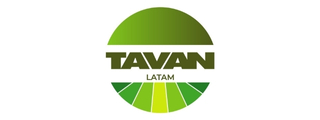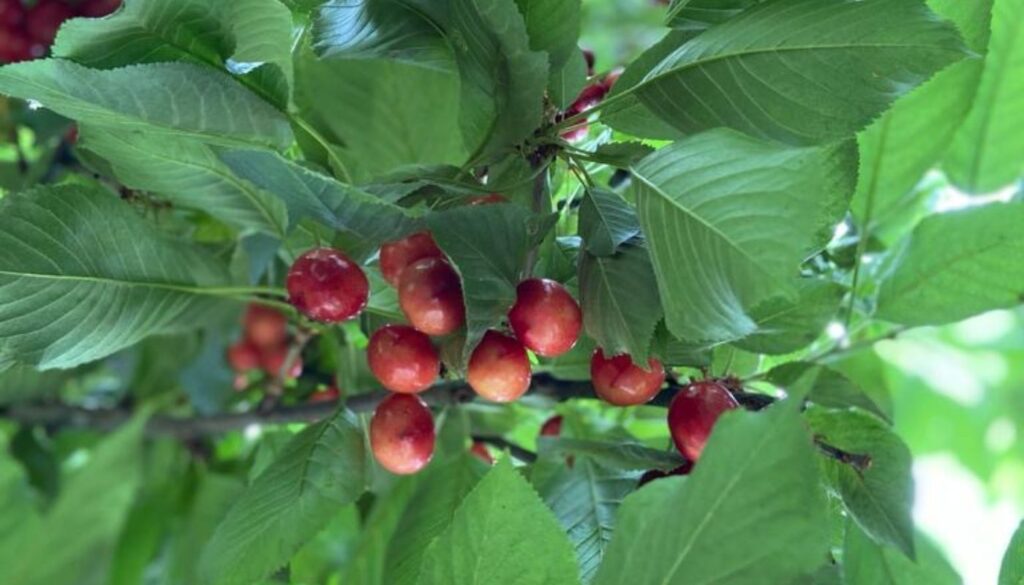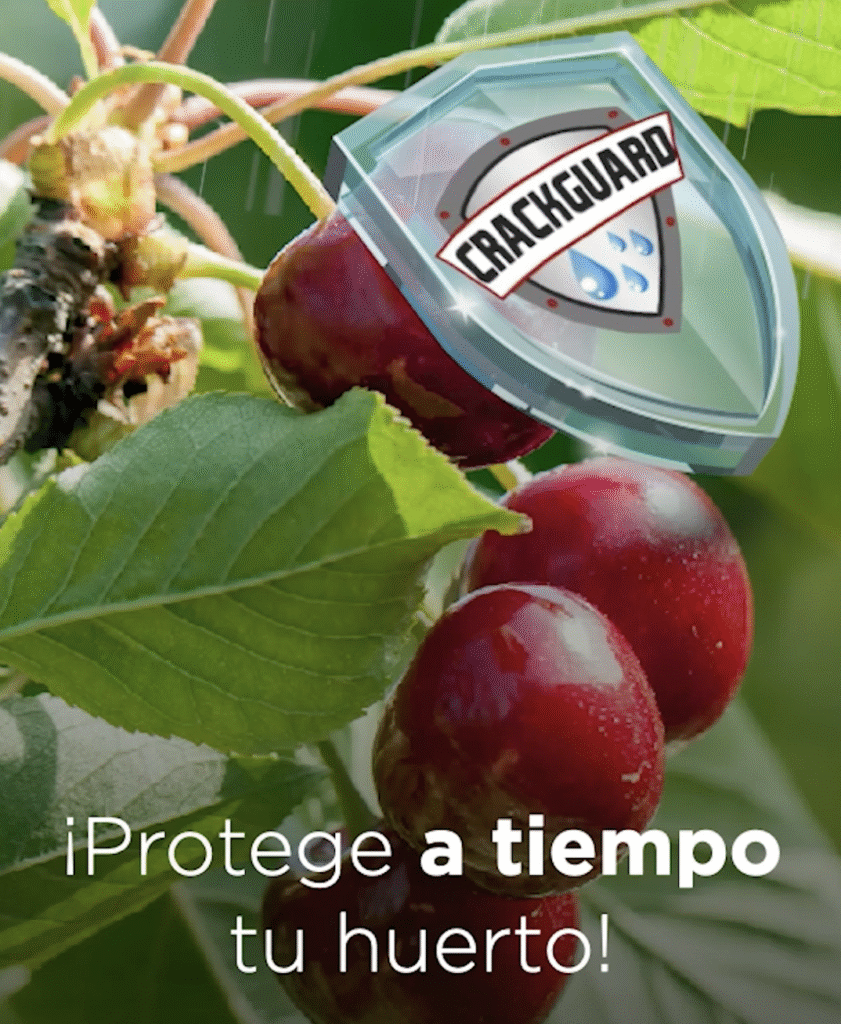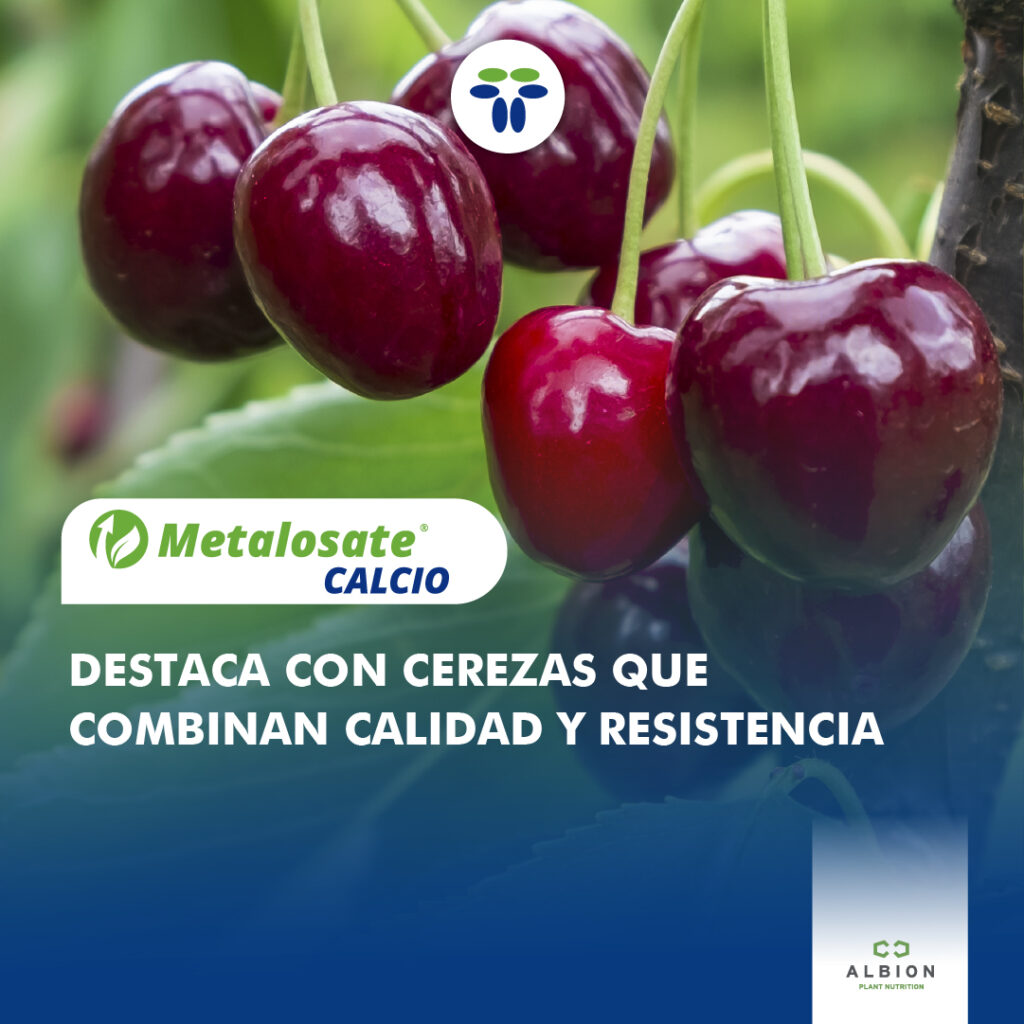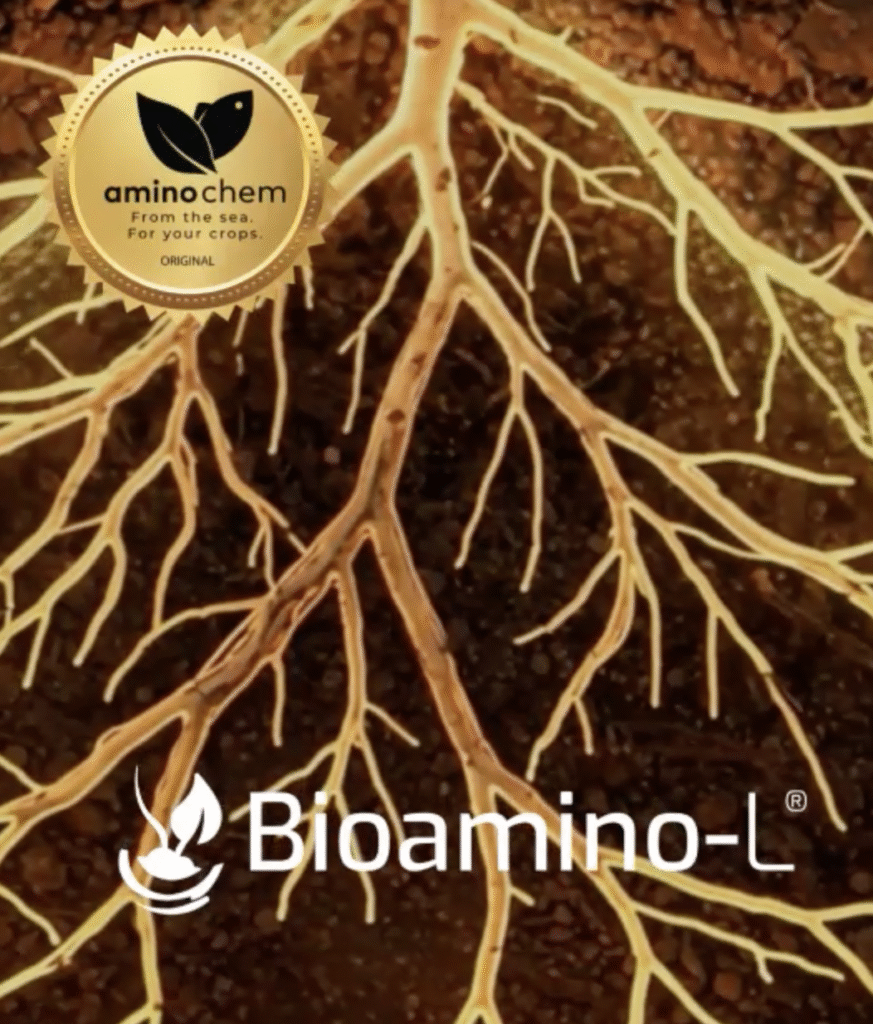Wood fungus is a common problem affecting cherry trees in cherry growing areas. There are four main pathogens that can be found in cherry orchards: Cytospora, Calosphaeria, Eutypa and Chondrosterium. Here we tell you how to distinguish each one.
The Cytospora, also known as common canker, can be identified by a cross section showing a fan-shaped, olive-brown discoloration. Pycnidium-like reproductive bodies form beneath the bark.
The Calosphaeria, or cherry canker, is characterized by a dark reddish coloration when a cross section is made in the wood. Its reproductive bodies are black and uneven.
The Eutypa forms dark, triangular-shaped discolorations when cut across. Unlike the other diseases, its reproductive bodies are located in the bark and are black, spherical and small.
He Chondrosterium, or silver fruit fungus, forms cylindrical brown cankers that do not reach the bark. Its reproductive bodies, known as club ears, appear when the wood is already dead.
Héctor Díaz, from the north-central region of Tavan Chile, recommends how to properly manage any of these pathogens so that they do not cause major damage and productive losses during the season.
What are the factors that contribute to the development of these pathogens and how can they be managed?
“All the factors that stress a cherry tree, biotic or abiotic, predispose it to the development of these diseases, since these pathogens are in the environment, waiting for the opportunity to attack a susceptible host. Once an orchard is infected, the probability of branches and trees dying is very high, if not imminent.
Since these diseases are very violent in their form and speed of attack, the best way to manage this problem is prevention, but once they are present in the orchard, palliative measures must often be drastic and carried out at very specific times, since in winter, for example, it is very difficult to identify these problems.
What are the most common symptoms that indicate the presence of wood fungus?
“A fairly easy way to determine wood diseases at this time is to carefully observe the branches of a cherry tree. By seeing bumps on the bark and after carefully removing this “shell” we can easily identify the problem. Commonly in spring it is often confused with pseudomonas, since they visually cause a similar problem, but this bacteria is not as violent when it comes to attacking an orchard. If the branches or trees dry out quickly, it is highly probable that it is an attack by wood fungi.
What management measures can be implemented to prevent its spread?
“The first strategy is not to stress the plants and to use healthy material. However, if the problem is present, the infected or dead material should be removed, ideally post-harvest, as this is the time when it is still relatively easy to identify and eliminate the pathogen. In addition, some fungicides are being used quite effectively, which, when applied at very clear and specific times, help to mitigate the problem.”
What products or treatments do you recommend applying?
“Although the control of these pathogens is complex due to the location of the inoculum, TAVAN CHILE recommends the use of Wert, Bactofus and pH4, combined with some fungicides such as captan, dodina and mancozeb at very specific and clear times, with which we would be able to manage and mitigate this problem. All studies indicate that some active ingredients commonly used in cherry trees have no impact or control over these diseases.”
What general recommendations would you give to farmers to prevent and manage these fungi?
“Avoid stressing plants of any kind, keep the orchard clean, removing infected parts and trees that are dead or in the process of becoming so. In the case of already infected orchards, the use of copper should be eliminated and biological alternatives and product rotation should be sought that tend to reduce the virulence of the disease. Applications of Wert plus pH4 in autumn and winter have shown a more than promising result when it comes to reducing the incidence of these problems, and if we add fungicides and applications of Bactofus in post-harvest, a significant decrease in these diseases can be achieved.
Do you need technical advice? Contact us here to the Tavan Chile zones.

